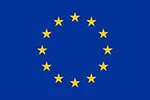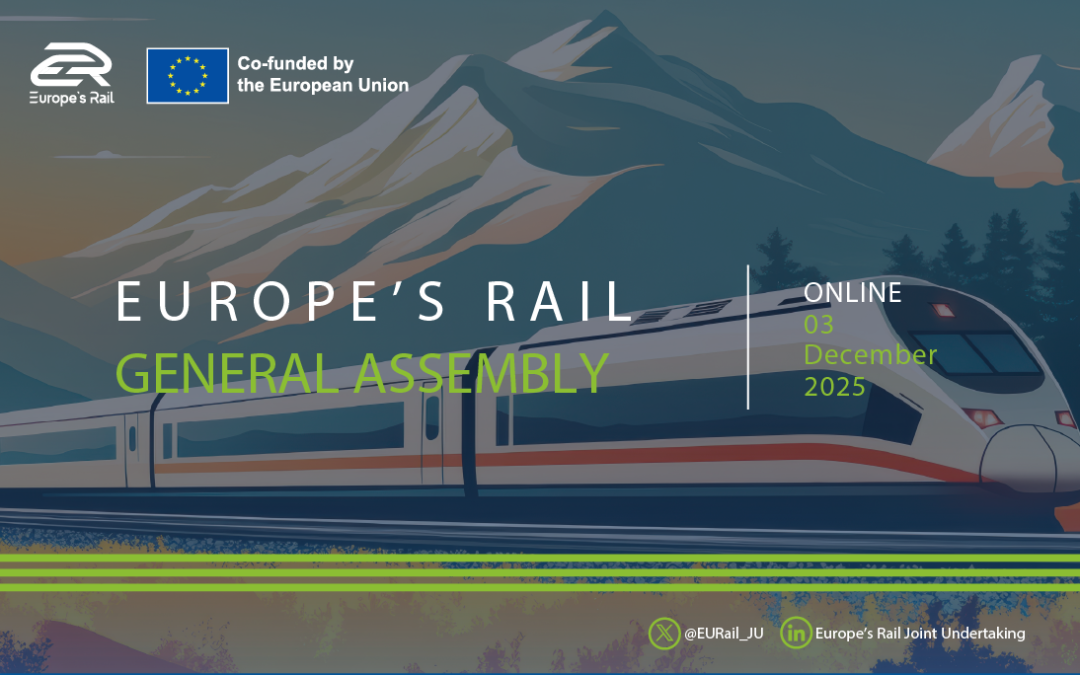FP2-R2DATO D21.2: System requirements of ASTP system FP2-R2DATO advances rail safety and efficiency by developing the...

Challenge
Control, command and communication systems should go beyond merely being a contributor to the control and safe separation of trains, and become a flexible, real-time, intelligent traffic management and decision support system.
Although the European Rail Traffic Management System (ERTMS) has become a worldwide dominant solution for railway signalling and control systems, it has the potential to offer increased functionalities and become even more competitive. Current systems do not sufficiently take advantage of new technologies and practices, including use of satellite positioning technologies, high-speed, high-capacity data and voice communications systems (Wi-Fi, 4G/LTE) and automation, as well as innovative real-time data collection, processing and communication systems. These have the potential to considerably enhance traffic management (including predictive and adaptive operational control of train movements), thereby delivering improved capacity, decreased traction energy consumption and carbon emissions, reduced operational costs, enhanced safety and security, and better customer information.
Furthermore, ERTMS specifications do not cover all interfaces or engineering/operational rules to the extent needed; different railways and suppliers continue to design their own solutions, thereby hampering interoperability and increasing costs.
Therefore, Shift2Rail activities should support the rapid and broad deployment of advanced traffic management and control systems, by offering improved functionalities and standardised interfaces based on common operational concepts, facilitating migration from legacy systems, cutting overall costs, and adapting them to the needs of the different rail segments as well as to the needs of a multimodal smart mobility system.
One of Shift2Rail’s chief goals is to raise the competitiveness of European solutions globally, and to achieve its aims across different modes of railways.
A key challenge for Shift2Rail IP2 is to enhance the advanced traffic management and control systems without impacting the ERTMS core, and where appropriate and necessary, to provide backwards compatibility to protect investments both in mainline and urban railways. In Shift2Rail, the involvement of the European Union Agency for Railways (ERA) as the system authority for the ERTMS is therefore essential. ERA will ensure the involvement and contribution of Sector Organisations active in the relevant ERTMS Working Groups, monitoring the IP2 system roadmap section related to the ERTMS and ensuring that a proper configuration management is followed, in order to preserve both the short-term stabilisation of the specifications and the long-term evolution of the ERTMS.
IP2 Research and Innovation Activities
Work will be organised around the following Technical Demonstrators (TDs), covering all the R&I areas indicated in the Shift2Rail Master Plan: Smart, fail-safe communications and positioning systems; Traffic Management Evolution; Automation; Moving block and train integrity; Smart procurement and testing; Virtual coupling and Cyber security.
- The development of a new Communication System (TD 2.1) aims to overcome the shortcomings in the current European Train Control System (ETCS) and Communications-Based Train Control (CBTC) and deliver an adaptable train-to-ground communications system usable for train control applications in all market segments, using packet switching/IP technologies (GPRS, EDGE, LTE, Satellite, Wi-Fi, etc.). The system will enable easy migration from existing systems (e.g. GSM-R), provide enhanced throughput, safety and security functionalities to support the current and future needs of signalling systems, and be resilient to interference and open to developments in radio technology. Backwards compatibility with ERTMS will be ensured.
- Automatic Train Operation (ATO) (TD 2.2). The aim is to develop and validate a standard ATO up to GoA3/4 over ETCS, where applicable, for all railway market segments (mainline/high speed, urban/suburban, regional and freight lines).
- Moving Block (TD 2.3) aims to improve line capacity by decoupling the signalling from the physical infrastructure, and removing the constraints imposed by trackside train detection, thereby allowing more trains on a given main line, especially for high-density passenger services. The system is to be compatible with existing ERTMS system specifications, and will enable progression towards CBTC functionalities for urban applications.
- Safe Train Positioning (TD 2.4) aims to develop a fail-safe, multi-sensor train positioning system (applying Global Navigation Satellite Systems (GNSS) technology to the current ERTMS/ETCS core and possible introducing an add-on for fulfilling the scope). It will enable the use of other new technologies (e.g. inertial sensors) or sensors (e.g. accelerometers, odometer sensors), to boost the quality of train localisation and integrity information, while also reducing overall costs, in particular by enabling a significant reduction in all trackside conventional train detection systems (balises, track circuits and axle counters).
- Train Integrity (TD 2.5) aims to specify and prototype an innovative on-board train integrity solution, capable of autonomous train-tail localisation, wireless communication between the tail and the front cab, safe detection (SIL4) of train interruption and autonomous power supply functionality without the deployment of any fixed trackside equipment. This functionality will be developed for those market segments (e.g. freight and low traffic lines) lacking such a function.
- The development of a new laboratory test framework (TD 2.6) comprises simulation tools and testing procedures for carrying out open test architecture with clear operational rules and simple certification of test results. It aims to minimise on-site testing (with the objective of zero on-site testing) by performing full laboratory test processes, even when systems comprise subcomponents of different suppliers. The test framework will also allow remote connection of different components/subsystems located in various testing labs.
- The development of a set of standardised engineering and operational rules (TD 2.7) aims to contribute to the creation of an open standard interface (if supported by positive business cases) and a functional ETCS description model, all based on formal methods. It will ease verification and authorisation processes, eventually leading to improved interoperability, while reducing the need for extensive field tests in future.
- Virtual Coupling (TD 2.8) aims to enable ‘virtually coupled trains’ to operate much closer to one another (within their absolute braking distance) and dynamically modify their own composition on the move (virtual coupling/uncoupling of train convoys), while ensuring at least the same level of safety as is currently provided.
- An optimised Traffic Management System (TD 2.9) aims to improve traffic management operations with automated processes for data integration and exchange with other rail business services. The backbone of the new architecture will be a scalable, interoperable and standardised communication structure applicable within an integrated rail services management system. These features will be combined with new business service applications (e.g. advanced driver advisory system, or intelligent, automated and flexible dispatching systems including conflict detection and resolution) to allow for predictive and dynamic traffic management in both regular and degraded situations. It will use and integrate real-time status and performance data from the network and from the train, using on-board train integrity solutions and network object control functions, supported by wireless network communication.
- Smart radio-connected all-in-all wayside objects (TD 2.10). This TD aims to develop autonomous, complete, intelligent, self-sufficient smart equipment (‘boxes’) able to connect not only with control centres (e.g. interlocking) or other wayside objects and communicating devices in the area (by radio or satellite), but also, for instance, with on-board units. Such intelligent objects — knowing and communicating their status conditions — would not only provide opportunities in terms of cost reduction and asset management improvement, but also set out new means of railway network information management and control.
- Cyber Security (TD 2.11) aims to achieve the optimal level of protection against any significant threat to the signalling and telecom systems in the most economical way (e.g. protection from cyber attacks and advanced persistent threats coming from outside).
Figure 1 shows the expected links and interactions between the TDs of IP2, as well as with other IPs.
The ‘Indicative list of priority research and innovation activities’ in the draft Shift2Rail strategic Multi-Annual Action Plan is available in the Reference Documents > Shift2Rail JU Documents section.

















